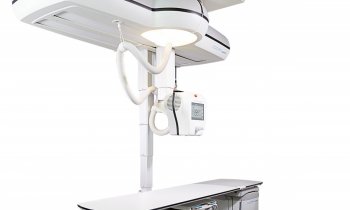Optimization and Reduction of CT Radiation Exposure
The exposure of patients to radiation by computed tomography has been widely discussed in recent years, both by professionals and by the public. The essential reason for optimizing patient exposure is the basic desire to keep radiation dose at the lowest possible level. This requires above all organ-specific and patient-specific adjustment of the radiation exposure in order to achieve uniform quality in each individual CT image. Until now, exposure controls have used density-specific adjustments of the maximum prescribed tube current (so-called x-ray dose modulation). That means, tube current is adjusted to the patient's status, but not to image quality. It is known that radiation exposure is linear for the patient, i.e. it is directly proportional to the measurable attenuation factor, if all other scan parameter settings, such as tube voltage, slice thickness, etc. are identical for all of the images of a series. All patients who are scanned with the same tube current pre-settings and undergo the same scan length receive almost the same dosage length product (DLP). A smaller patient cross section does not automatically lead to a reduction of exposure. For this reason, other manufacturers have introduced agespecific (color coded) children's protocols that adjust exposure via pre-set tube current. Another possibility to achieve an automatic patientspecific adjustment of exposure is by controlling image quality in a manner similar to that used in automatic x-ray exposure devices. Image quality of each individual axial slice is greatly influenced by image noise.

This article was first published in the VISIONS, issue 6/2004, a publication of Toshiba Medical Systems
10.08.2007











